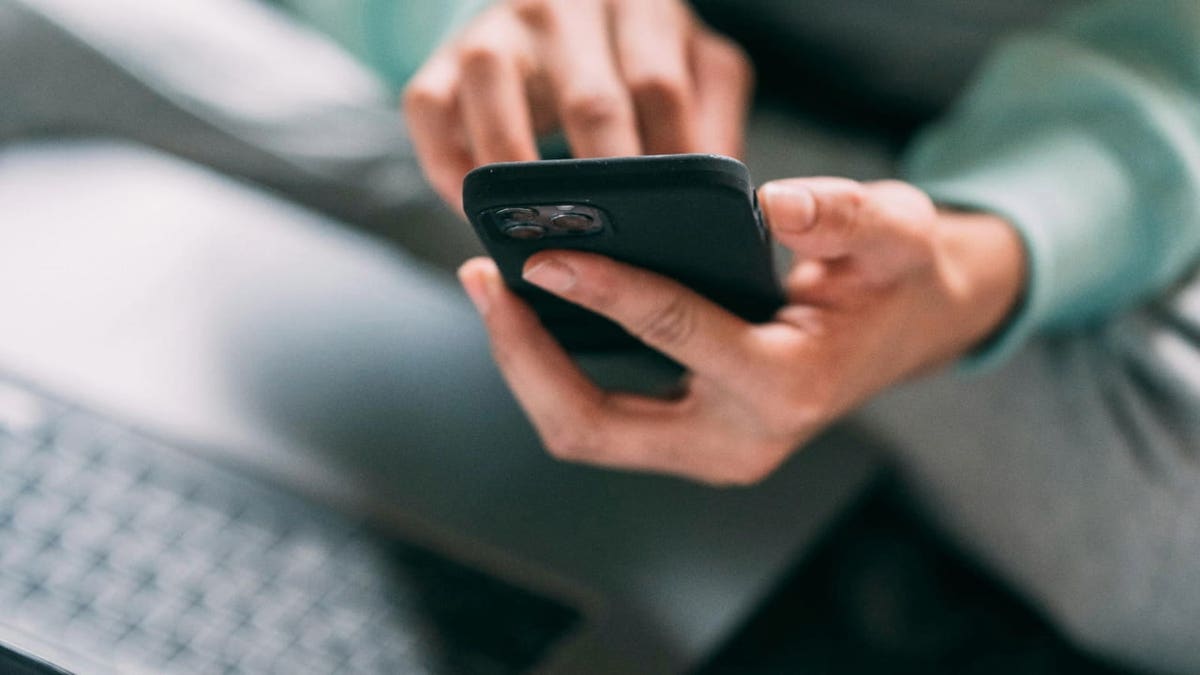ARTICLE AD BOX
If there’s one thing I’ve learned from covering data breaches over the years, it’s that you should never take a company’s initial numbers at face value. When a breach becomes public, most companies try to minimize the damage by reporting fewer victims or staying vague about what kind of data was exposed.
Sometimes, to be fair, they genuinely don’t have the full picture yet. But that rarely gets communicated clearly. The same thing just happened again with an insurtech company that has now doubled the number of people affected by a breach it disclosed last year.

A woman working on her laptop (Kurt "CyberGuy" Knutsson)
What you need to know
Texas-based insurance administrative services provider Landmark Admin has revised the scope of its May 2024 cyberattack, revealing that nearly twice as many people were impacted as initially reported. Back in October 2024, Landmark disclosed that suspicious activity was detected in its network on May 13, prompting an investigation. At the time, it was estimated that the breach affected 806,519 individuals. But in a recent update filed with the Maine Attorney General’s office, that number has now jumped to 1,613,773.
Landmark serves as a third-party administrator offering backend support to major insurers like Liberty Bankers Life and American Benefit Life. This means millions of sensitive insurance policy records flow through its systems, making it a tempting target for cybercriminals.
The compromised information varies for each individual but may include a wide range of sensitive personal data. This includes full names, home addresses, Social Security numbers, tax identification numbers, driver's license or state-issued identification numbers, passport numbers and bank account details. In some cases, medical information, dates of birth, health insurance policy numbers and details related to life and annuity policies may also have been exposed.

A hacker at work (Kurt "CyberGuy" Knutsson)
200 MILLION SOCIAL MEDIA RECORDS LEAKED IN MAJOR X DATA BREACH
What is Landmark doing now?
The company says the forensic investigation is still ongoing and that the total number of affected individuals may continue to rise. Personalized notification letters are being mailed out in phases, detailing exactly what type of data was compromised in each case.
"Landmark began reviewing the affected systems to identify the specific individuals and the types of information that may have been compromised," reads the latest notice. "While this process remains ongoing, Landmark will notify affected individuals by mail as the information becomes available."
To help mitigate the fallout, Landmark is offering 12 months of free credit monitoring and identity theft protection. The notice also advises recipients to monitor their credit reports and consider placing fraud alerts or a security freeze for extra protection. A dedicated helpline is available for 90 days after notification to address questions and concerns.

A man working on his laptop and scrolling on his phone (Kurt "CyberGuy" Knutsson)
MALWARE EXPOSES 3.9 BILLION PASSWORDS IN HUGE CYBERSECURITY THREAT
6 ways you can stay safe from insurance data breach
If your information was part of the Landmark breach or any similar one, it’s worth taking a few steps to protect yourself.
1) Consider identity theft protection services: Since the Landmark data breach exposed personal and financial information, it’s crucial to stay proactive against identity theft. Identity theft protection services offer continuous monitoring of your credit reports, Social Security number and even the dark web to detect if your information is being misused. These services send you real-time alerts about suspicious activity, such as new credit inquiries or attempts to open accounts in your name, helping you act quickly before serious damage occurs.
Beyond monitoring, many identity theft protection companies provide dedicated recovery specialists who assist you in resolving fraud issues, disputing unauthorized charges and restoring your identity if it’s compromised. They often include up to $1 million to cover losses and legal fees and a white-glove fraud resolution team in which a U.S.-based case manager helps you recover any losses. See my tips and best picks on how to protect yourself from identity theft.
2) Monitor your accounts and transactions: The Landmark data breach revealed bank details to attackers, which means they can misuse those details to steal your money. You should check your online accounts and transactions regularly for any suspicious or unauthorized activity. If you notice anything unusual, immediately report it to the service provider or authorities. You should also review your credit reports and scores to see if there are any signs of identity theft or fraud.
3) Contact your bank and credit card companies: Since Landmark hackers obtained bank and credit card information, they could use it to make purchases or withdrawals without your consent. You should inform your bank and credit card companies of the situation. They can help you freeze or cancel your cards, dispute any fraudulent charges and issue new cards for you. You should also contact one of the three major credit reporting agencies (Equifax, Experian or TransUnion) and request a fraud alert to be placed on your credit file. This will make it more difficult for identity thieves to open new accounts in your name without verification.
4) Use personal data removal services: The data breach leaks loads of information about you, and all this could end up in the public domain, which essentially gives anyone an opportunity to scam you. One proactive step is to consider personal data removal services, which specialize in continuously monitoring and removing your information from various online databases and websites. While no service promises to remove all your data from the internet, having a removal service is great if you want to constantly monitor and automate the process of removing your information from hundreds of sites continuously over a longer period of time. Check out my top picks for data removal services here.
5) Have strong antivirus software: Landmark hackers have people's email addresses and full names, which makes it easy for them to send you a phishing link that installs malware and steals all your data. These messages are socially engineered to catch them, and catching them is nearly impossible if you're not careful. However, you’re not without defenses.
The best way to safeguard yourself from malicious links that install malware, potentially accessing your private information, is to have strong antivirus software installed on all your devices. This protection can also alert you to phishing emails and ransomware scams, keeping your personal information and digital assets safe. Get my picks for the best 2025 antivirus protection winners for your Windows, Mac, Android and iOS devices.
6) Enable two-factor authentication: While passwords weren’t part of the data breach, you still need to enable two-factor authentication (2FA). It gives you an extra layer of security on all your important accounts, including email, banking and social media. 2FA requires you to provide a second piece of information, such as a code sent to your phone, in addition to your password when logging in. This makes it significantly harder for hackers to access your accounts, even if they have your password. Enabling 2FA can greatly reduce the risk of unauthorized access and protect your sensitive data.
WINDOWS 10 SECURITY FLAWS LEAVE MILLIONS VULNERABLE
Kurt’s key takeaway
The real risk with breaches like this isn't just the initial leak. It's the slow drip of consequences that follow. As more names and numbers surface, the fallout becomes harder to contain, and the people impacted are left scrambling to protect themselves. Landmark’s delayed clarity is a reminder that in the world of cyberattacks, timelines rarely work in the public’s favor. By the time the full picture emerges, the damage may already be done.
Do you think companies are investing enough in their cybersecurity infrastructure? Let us know by writing us at Cyberguy.com/Contact.
For more of my tech tips and security alerts, subscribe to my free CyberGuy Report Newsletter by heading to Cyberguy.com/Newsletter.
Ask Kurt a question or let us know what stories you'd like us to cover.
Follow Kurt on his social channels:
Answers to the most-asked CyberGuy questions:
- What is the best way to protect your Mac, Windows, iPhone and Android devices from getting hacked?
- What is the best way to stay private, secure and anonymous while browsing the web?
- How can I get rid of robocalls with apps and data removal services?
- How do I remove my private data from the internet?
New from Kurt:
- Try CyberGuy's new games (crosswords, word searches, trivia and more!)
- CyberGuy's exclusive coupons and deals
- Best gifts for Mom 2025
Copyright 2025 CyberGuy.com. All rights reserved.
Kurt "CyberGuy" Knutsson is an award-winning tech journalist who has a deep love of technology, gear and gadgets that make life better with his contributions for Fox News & FOX Business beginning mornings on "FOX & Friends." Got a tech question? Get Kurt’s free CyberGuy Newsletter, share your voice, a story idea or comment at CyberGuy.com.

 3 months ago
168
3 months ago
168








 English (US) ·
English (US) ·